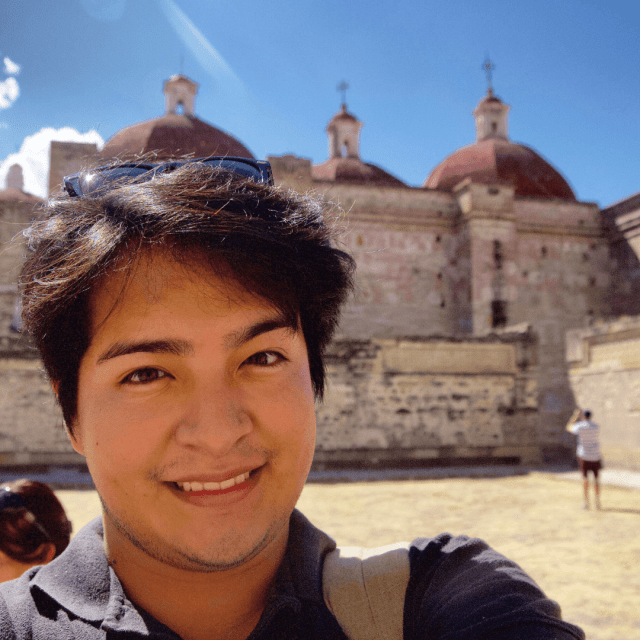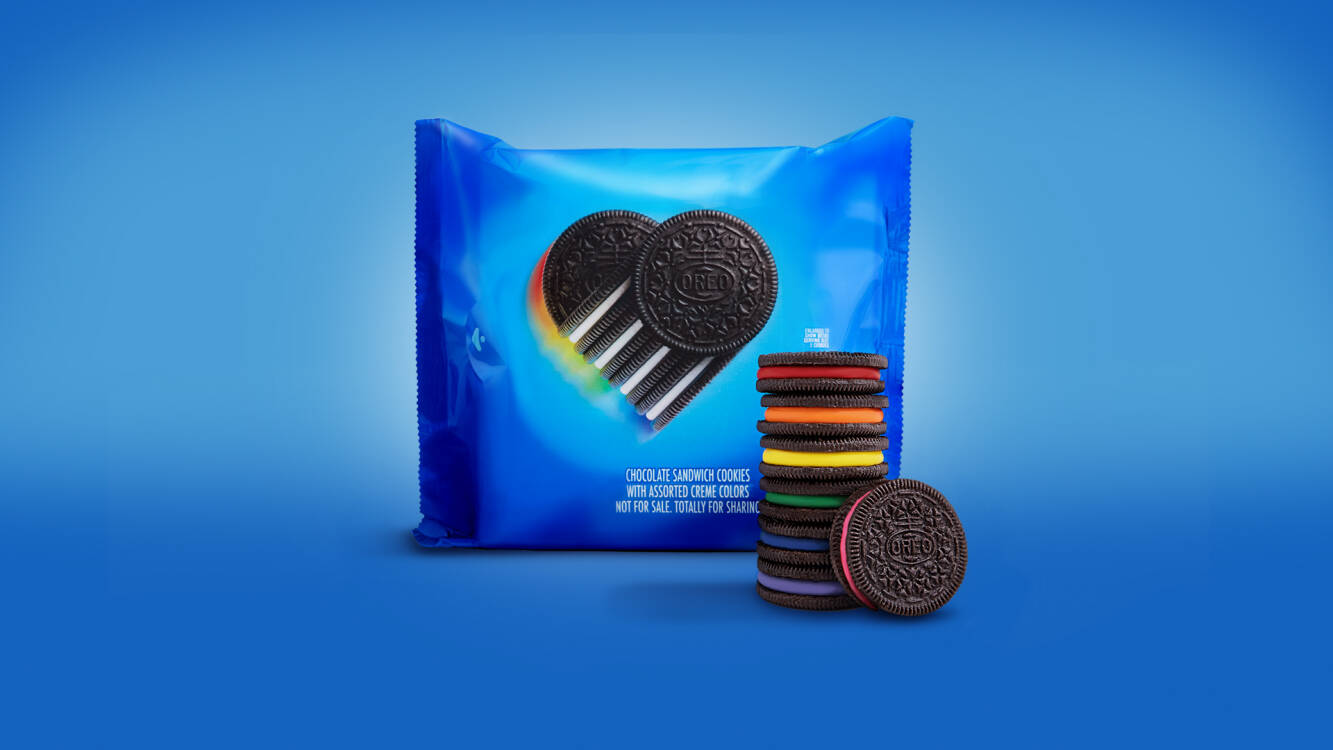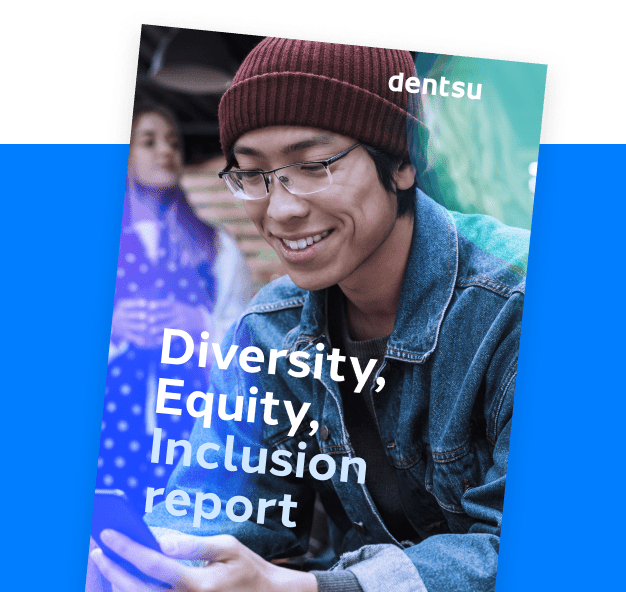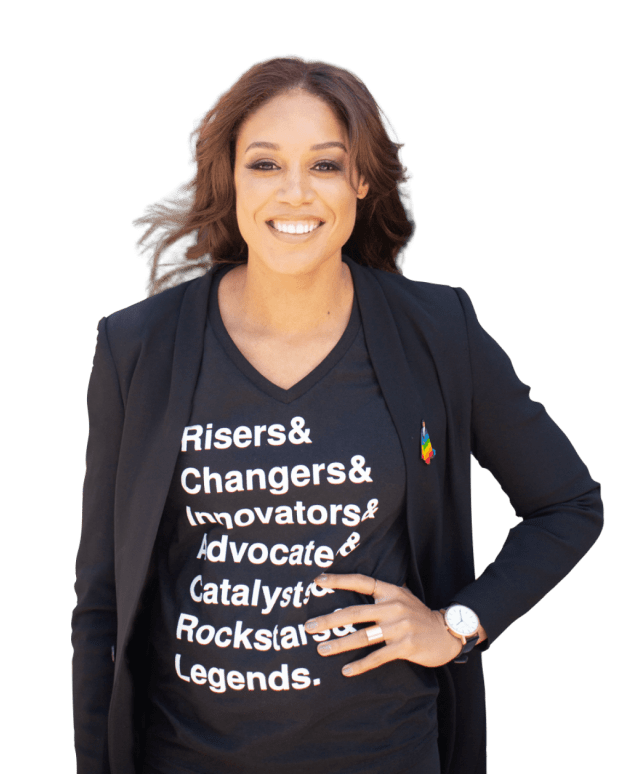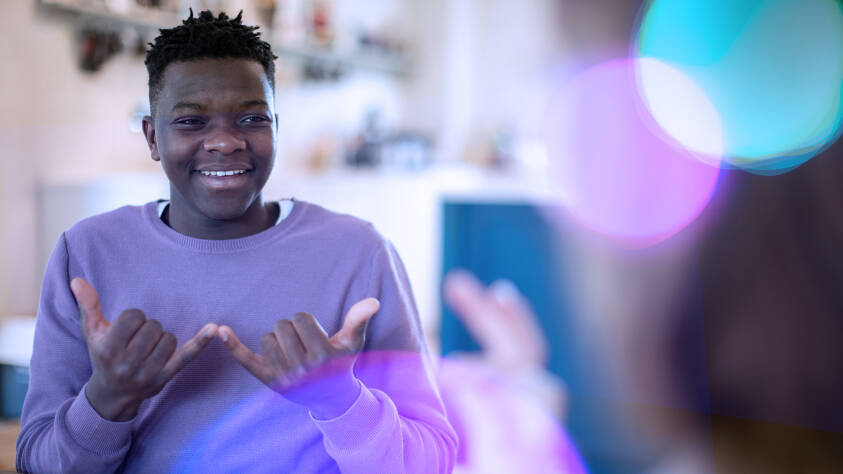
Dentsu Pride BRG
The Ongoing Journey of Coming Out
Our people

Back to main

Back to main

As a continuation of our National Coming Out Day observance (October 11th), a celebration of International Pronouns Day (October 21st) and our continuing effort to educate and engage the dentsu community on LGBTQ+ topics, we want to share a few coming out stories of some members of our network.
“Coming out” (historically “coming out of the closet”) is a metaphor for disclosing one’s identity as being queer, or part of the LGBTQ+ community. Although experts dispute on the origins of the phrase, the universal message of the phrase is a change, going from one world of keeping something hidden or secret to a new world of openness to oneself or others.
“Coming out” happens in so many different ways, from coming to terms with one’s identity as being not cisgender, or not heterosexual, to actively sharing one’s identity with others as a way of building community, seeking inclusion or simply as a conversation point. It can be both an incredible act of courage for someone, or an easy thing to mention, depending on the environment, situation, and the people involved.
Here are some of our coming out stories that we hope will inspire you to create a welcoming and inclusive workplace for your LGBTQ+ peers.
Christena Pyle, Chief Equity Officer, dentsu Americas
As a queer woman who has been in love with and dated both men and women, I’ve found myself "coming out” over and over again since college. It was more recently, in June 2019 at the New York Pride Parade and 50th Anniversary of Stonewall riots of all places, that I felt truly myself – out and proud holding hands with my partner in front of coworkers, friends, family, and the community. I will likely have to come out many more times over my lifetime, but that felt like a seminal moment of self-love and appreciation.
Kevin Milian, Supervisor, M1, Insights & Research Solutions | Co-Lead, Pride BRG
When I first started out at dentsu, coming out and being myself at work wasn’t hard with my department, as the Carat Insights & Strategy was already a very diverse team, and the work we did is all about empathy and the understanding of human behavior. When I wanted to create an LGBTQ+ organization in 2016, I was avidly supported by Carat Communities, and any Pride initiatives were amplified by my colleagues. Rainbow banners would come up in June and adorned the office until the holidays just because we liked the joy they provided.
My only hesitance to come out was during a lunch with an outside vendor. I was seated next to a vendor who was speaking about his personal life. He actively shamed a younger family member of his who had recently come out as transgender, stating that it was “a phase” and doubting the person’s awareness of their gender identity due to their age.
It was a packed and loud lunch with a lot of side conversations, so that thread was dropped quickly, but I felt uncomfortable for the rest of the afternoon. As an entry-level employee, I was hesitant to say anything that could affect our relationship with the vendor, but as both a queer individual and advocate, I regret not using the conversation as a teaching opportunity.
As a business of service, we need to lead by example and have difficult conversations with anyone who opposes the rights of others. We need to provide everyone with the confidence to speak up and challenge bigoted ideas in the workplace and have meaningful dialogue that helps move the needle forward. As co-lead of the Pride BRG it is my mission to develop strategies and practices that allow our employees to feel safe at work and to challenge negative ideas that can come up across all levels and relationships at work.
John Strittmatter, VP/Operations Business Partner, Merkle | Executive Sponsor, Pride BRG
I was born in 1971 and grew up in rural Pennsylvania. Coming out wasn’t an option in my community or with my immediate family. AIDS was a threat and a highly negative stigma, the Internet didn’t exist for gay research, and I had no gay role models. I was very confused. I felt alone and far from special because I knew I was different. In fact, I felt suicidal through my teen years but never acted on it.
I asked, “Why Me?” a lot. I was terrified to trust anyone with my secret for fear of rejection. Looking back, I realize my sexual orientation is why I was class clown in high school (a diversion) and 60lbs overweight. I ate comfort food to hide feelings that made me feel shameful.
I came to grips with my sexuality in my mid-20s. In 1995 I moved to Illinois (age 23) by myself; I knew nobody. Deep down I knew I needed a change. Private discovery was now an option – mostly via the new, queer-themed AOL chatrooms – which helped me realize I’m not bi – I’m gay – along with several other positive outcomes:
- Self-confidence … I figured out who I am via the help of gay strangers.
- Lost 63 lbs. – and I’ve kept it off. Self-dignity inspired me to work out regularly.
- Met my life partner in July 2000, who is now my husband of 20 years.
- In 2006, told co-workers I have a partner (vs hide it at the office).
- In 2008, told my brothers I’m gay and stopped hiding the truth from friends.
- Traveled to 30 countries / 70+ cities to learn how LGBTQ+ people live across the world.
I tell my story in case it inspires others to come out. We all deserve to feel PRIDE, love, and respect.
Danealle Khaimskiy, Client Services Account Manager, Merkle | Co-Lead, Pride BRG
If I could get closeted LGBTQIA+ youths and allies to understand one thing about coming out, it’s that it isn’t a one-time deal. There isn’t a magical moment where you fly out of the proverbial closet, wearing a flannel and driving a Subaru. Coming out is more like a bunch of little jumps back and forth to and from the closet. You first come out to yourself (often the hardest part), then family, friends, and coworkers. From there, you’re coming out anytime you say, “my girlfriend” because straight and cisgender is still portrayed as the norm by society.
When I was 25, coincidently my second year at Merkle, I finally fully came out to myself. I was gay. I didn’t have a boyfriend because I was “too busy” with work or grad school, it was because I was gay. Simple. I started to keep a pride flag at my desk, volunteered to Co-chair the dentsu Pride BRG and Merkle DEI Pride Pillar, became vocal about LGBTQ+ rights and even started to feel comfortable talking about dates with the friends I made at Merkle.
Compared to previous companies I have worked at, everyone at Merkle was much more accepting! That’s not to say we’re perfect, we still have a long way to go. However, it is the willingness of coworkers to learn and the push for equity and diversity from dentsu and Merkle that make it such a great place to work.
As we move into the future with more education on LGBTQ+ terminology, more access to queer storylines in media and a more diverse world, it is important to understand when someone might be coming out, when asking questions may be seen as intrusive for someone who does not want to disclose their identity, and how to create environments for people to come out— if they want to.
Ascend with Pride
Actions like using pronouns in introductions and email signatures, using non-gendered language like “partner” or “spouse” and encouraging participation in DEI events are all great ways to let LGBTQ+ employees (and everyone else) know they’re welcome to be themselves at work.
We hope that by being more aware of this process, we as employees can acknowledge and put weight on a person’s words as they disclose a personal part of their identity. Or equally respect an individual’s choice to not delve into something so intimate. In this way we can and will foster a more inclusive environment for all at dentsu.
For more resources and to connect with the Pride BRG visit our NEON page. In addition to this, don’t forget to follow our “Wigs Off” Playlist on the dentsu USA Spotify channel.
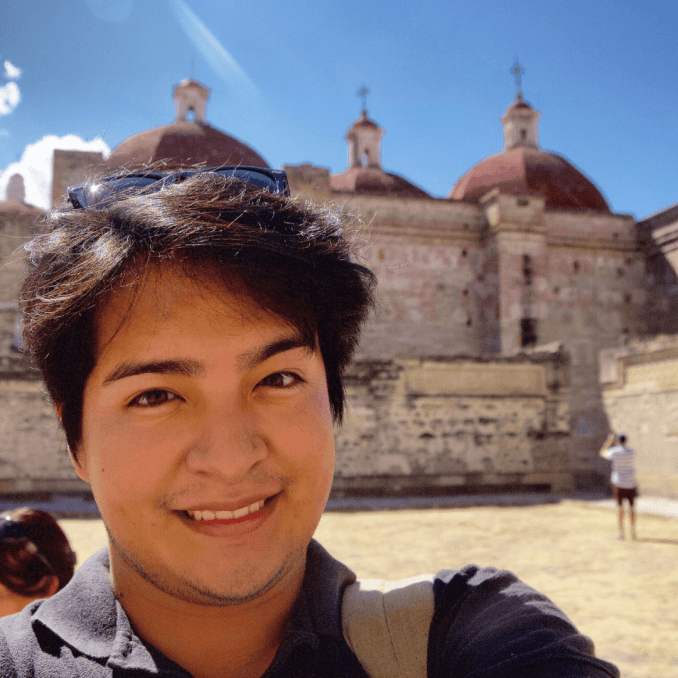
The Ongoing Journey of Coming Out
Our people

Back to main

Dentsu Pride BRG
As a continuation of our National Coming Out Day observance (October 11th), a celebration of International Pronouns Day (October 21st) and our continuing effort to educate and engage the dentsu community on LGBTQ+ topics, we want to share a few coming out stories of some members of our network.
“Coming out” (historically “coming out of the closet”) is a metaphor for disclosing one’s identity as being queer, or part of the LGBTQ+ community. Although experts dispute on the origins of the phrase, the universal message of the phrase is a change, going from one world of keeping something hidden or secret to a new world of openness to oneself or others.
“Coming out” happens in so many different ways, from coming to terms with one’s identity as being not cisgender, or not heterosexual, to actively sharing one’s identity with others as a way of building community, seeking inclusion or simply as a conversation point. It can be both an incredible act of courage for someone, or an easy thing to mention, depending on the environment, situation, and the people involved.
Here are some of our coming out stories that we hope will inspire you to create a welcoming and inclusive workplace for your LGBTQ+ peers.
Christena Pyle, Chief Equity Officer, dentsu Americas
As a queer woman who has been in love with and dated both men and women, I’ve found myself "coming out” over and over again since college. It was more recently, in June 2019 at the New York Pride Parade and 50th Anniversary of Stonewall riots of all places, that I felt truly myself – out and proud holding hands with my partner in front of coworkers, friends, family, and the community. I will likely have to come out many more times over my lifetime, but that felt like a seminal moment of self-love and appreciation.
Kevin Milian, Supervisor, M1, Insights & Research Solutions | Co-Lead, Pride BRG
When I first started out at dentsu, coming out and being myself at work wasn’t hard with my department, as the Carat Insights & Strategy was already a very diverse team, and the work we did is all about empathy and the understanding of human behavior. When I wanted to create an LGBTQ+ organization in 2016, I was avidly supported by Carat Communities, and any Pride initiatives were amplified by my colleagues. Rainbow banners would come up in June and adorned the office until the holidays just because we liked the joy they provided.
My only hesitance to come out was during a lunch with an outside vendor. I was seated next to a vendor who was speaking about his personal life. He actively shamed a younger family member of his who had recently come out as transgender, stating that it was “a phase” and doubting the person’s awareness of their gender identity due to their age.
It was a packed and loud lunch with a lot of side conversations, so that thread was dropped quickly, but I felt uncomfortable for the rest of the afternoon. As an entry-level employee, I was hesitant to say anything that could affect our relationship with the vendor, but as both a queer individual and advocate, I regret not using the conversation as a teaching opportunity.
As a business of service, we need to lead by example and have difficult conversations with anyone who opposes the rights of others. We need to provide everyone with the confidence to speak up and challenge bigoted ideas in the workplace and have meaningful dialogue that helps move the needle forward. As co-lead of the Pride BRG it is my mission to develop strategies and practices that allow our employees to feel safe at work and to challenge negative ideas that can come up across all levels and relationships at work.
John Strittmatter, VP/Operations Business Partner, Merkle | Executive Sponsor, Pride BRG
I was born in 1971 and grew up in rural Pennsylvania. Coming out wasn’t an option in my community or with my immediate family. AIDS was a threat and a highly negative stigma, the Internet didn’t exist for gay research, and I had no gay role models. I was very confused. I felt alone and far from special because I knew I was different. In fact, I felt suicidal through my teen years but never acted on it.
I asked, “Why Me?” a lot. I was terrified to trust anyone with my secret for fear of rejection. Looking back, I realize my sexual orientation is why I was class clown in high school (a diversion) and 60lbs overweight. I ate comfort food to hide feelings that made me feel shameful.
I came to grips with my sexuality in my mid-20s. In 1995 I moved to Illinois (age 23) by myself; I knew nobody. Deep down I knew I needed a change. Private discovery was now an option – mostly via the new, queer-themed AOL chatrooms – which helped me realize I’m not bi – I’m gay – along with several other positive outcomes:
- Self-confidence … I figured out who I am via the help of gay strangers.
- Lost 63 lbs. – and I’ve kept it off. Self-dignity inspired me to work out regularly.
- Met my life partner in July 2000, who is now my husband of 20 years.
- In 2006, told co-workers I have a partner (vs hide it at the office).
- In 2008, told my brothers I’m gay and stopped hiding the truth from friends.
- Traveled to 30 countries / 70+ cities to learn how LGBTQ+ people live across the world.
I tell my story in case it inspires others to come out. We all deserve to feel PRIDE, love, and respect.
Danealle Khaimskiy, Client Services Account Manager, Merkle | Co-Lead, Pride BRG
If I could get closeted LGBTQIA+ youths and allies to understand one thing about coming out, it’s that it isn’t a one-time deal. There isn’t a magical moment where you fly out of the proverbial closet, wearing a flannel and driving a Subaru. Coming out is more like a bunch of little jumps back and forth to and from the closet. You first come out to yourself (often the hardest part), then family, friends, and coworkers. From there, you’re coming out anytime you say, “my girlfriend” because straight and cisgender is still portrayed as the norm by society.
When I was 25, coincidently my second year at Merkle, I finally fully came out to myself. I was gay. I didn’t have a boyfriend because I was “too busy” with work or grad school, it was because I was gay. Simple. I started to keep a pride flag at my desk, volunteered to Co-chair the dentsu Pride BRG and Merkle DEI Pride Pillar, became vocal about LGBTQ+ rights and even started to feel comfortable talking about dates with the friends I made at Merkle.
Compared to previous companies I have worked at, everyone at Merkle was much more accepting! That’s not to say we’re perfect, we still have a long way to go. However, it is the willingness of coworkers to learn and the push for equity and diversity from dentsu and Merkle that make it such a great place to work.
As we move into the future with more education on LGBTQ+ terminology, more access to queer storylines in media and a more diverse world, it is important to understand when someone might be coming out, when asking questions may be seen as intrusive for someone who does not want to disclose their identity, and how to create environments for people to come out— if they want to.
Ascend with Pride
Actions like using pronouns in introductions and email signatures, using non-gendered language like “partner” or “spouse” and encouraging participation in DEI events are all great ways to let LGBTQ+ employees (and everyone else) know they’re welcome to be themselves at work.
We hope that by being more aware of this process, we as employees can acknowledge and put weight on a person’s words as they disclose a personal part of their identity. Or equally respect an individual’s choice to not delve into something so intimate. In this way we can and will foster a more inclusive environment for all at dentsu.
For more resources and to connect with the Pride BRG visit our NEON page. In addition to this, don’t forget to follow our “Wigs Off” Playlist on the dentsu USA Spotify channel.










